Home>Interior Design>How Can I Divide A Room With Furniture? 7 Ways To Zone Flexible Spaces
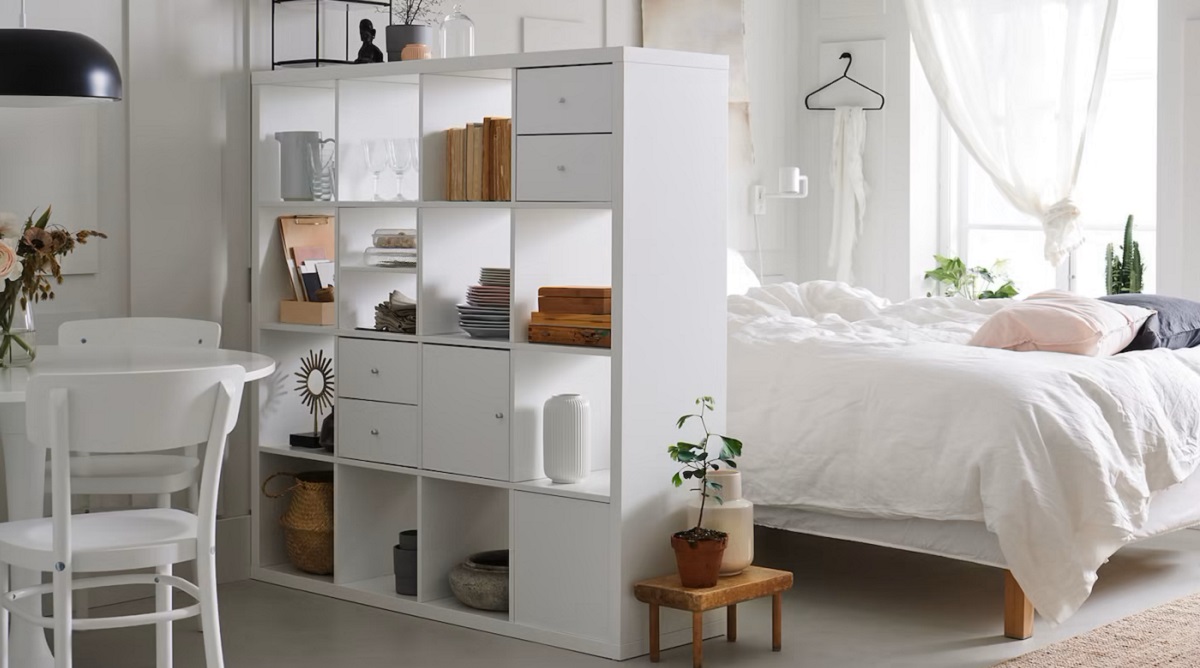

Interior Design
How Can I Divide A Room With Furniture? 7 Ways To Zone Flexible Spaces
Modified: March 21, 2024
Looking to divide a room with furniture? Discover 7 versatile ways to create distinct zones in your space with these interior design tips.
(Many of the links in this article redirect to a specific reviewed product. Your purchase of these products through affiliate links helps to generate commission for Storables.com, at no extra cost. Learn more)
Introduction
Creating a functional and aesthetically pleasing living space can sometimes be a challenge, especially when you want to divide a room into different zones. Whether you’re dealing with a small apartment or an open-plan layout, finding ways to zone flexible spaces is essential to maximize usability and create a sense of privacy.
One effective strategy to achieve this is by using furniture as dividers. By strategically arranging furniture pieces, you can visually separate different areas of a room while maintaining a cohesive design. In this article, we will explore seven creative ways to divide a room with furniture, allowing you to create distinct zones that serve different purposes.
From bookshelves to folding screens, each method offers unique advantages and can be tailored to your personal style and needs. Let’s dive into these ideas and discover how you can transform your space into a versatile and well-organized oasis.
Key Takeaways:
- Maximize space and privacy by creatively dividing rooms with furniture like bookshelves, room dividers, rugs, curtains, and lighting. Achieve functionality and visual appeal while maintaining an open and cohesive design.
- Transform your living space into a well-organized oasis with versatile and stylish room division techniques. From back-to-back furniture arrangement to folding screens, create distinct zones that reflect your personal style and enhance everyday living.
Read more: How Can I Make A Room Divider
Using Bookshelves
Bookshelves are not only functional for storing books and displaying accessories; they can also serve as beautiful and practical room dividers. With their tall structure and open shelving, bookshelves create a visual separation between different areas while still allowing light and airflow to pass through. Here are a few ways you can use bookshelves to divide a room:
- Back-to-Back Bookshelves: One effective way to create a division is by placing two bookshelves back-to-back in the middle of the room. This allows you to have storage space on both sides while creating a clear boundary between two zones. For example, you can use this technique to separate a living area from a dining space or a home office from a relaxation area.
- Half-Wall Bookshelves: If you prefer a more open feel while still defining separate areas, consider using half-wall bookshelves. These are bookshelves that extend only halfway up, creating a partition that doesn’t fully block the line of sight. This option works well in larger rooms or open-plan layouts and provides a subtle division without compromising the sense of space.
- Staggered Bookshelves: To add a touch of creativity and visual interest, try arranging bookshelves in a staggered pattern. This involves placing the shelves at different heights, creating a dynamic look while effectively dividing the room. Staggered bookshelves work especially well in rooms with high ceilings or irregularly shaped spaces.
When using bookshelves as dividers, it’s important to consider the style and materials to ensure they complement the overall design of the room. Opt for bookshelves that match the existing furniture or choose a contrasting style for a bold statement. Additionally, consider the functionality of the shelves, as they should not only serve as partitions but also offer ample storage for books, decorative items, or even as a place to display artwork.
By using bookshelves as room dividers, you can create a visually appealing and functional space that feels organized and separate while still maintaining an open and airy atmosphere.
Utilizing Room Dividers
If you’re looking for a more versatile and portable option to divide a room, using room dividers is an excellent choice. Room dividers come in various styles, materials, and designs, allowing you to find the perfect match for your space. Here are a few ideas for utilizing room dividers:
- Accordion Room Dividers: Accordion-style room dividers are flexible and can be easily adjusted to fit the desired space. These dividers can expand or contract, allowing you to customize the size and shape according to your needs. Accordion dividers are perfect for creating temporary partitions in open spaces and can be folded away when not in use, providing flexibility and versatility.
- Sliding Room Dividers: Sliding room dividers are an ideal option when you want the freedom to open or close off areas as needed. These dividers consist of panels that slide on a track, making them easy to operate and adjust. Sliding room dividers are available in various materials, including wood, glass, or fabric, allowing you to choose the style that best suits your interior design.
- Panel Screens: Panel screens are an elegant and decorative way to divide a room. These screens consist of connected panels that can be arranged in different angles to create a visually appealing division. Panel screens often feature intricate designs or artwork, adding a touch of elegance and charm to your space.
Room dividers offer the advantage of flexibility and mobility. You can easily move them to different areas of your home or even fold them up and store them when they are not needed. This makes room dividers a perfect solution for those who want to create temporary divisions or frequently rearrange their space.
When choosing room dividers, consider the overall style and theme of your room. Opt for dividers that complement the existing furniture and color scheme. Additionally, think about the level of privacy you desire. Some room dividers may offer more opacity and sound insulation, while others provide a more open and airy feel.
Utilizing room dividers allows you to transform a large room into separate functional areas, providing privacy and a sense of organization. Whether you have a studio apartment or an open-concept living space, room dividers offer flexibility and style, making them an excellent choice for dividing rooms.
Creating Visual Separation with Rugs
Rugs are not only a stylish addition to any room but can also be used to create visual separation and define different zones within a space. By strategically placing rugs, you can divide a room into distinct areas while adding warmth and texture to your interior. Here are a few tips on how to use rugs to create visual separation:
- Size and Placement: Choose rugs of different sizes that correspond to the size of each zone you want to create. A larger rug can anchor a living room area, while a smaller rug can define a reading nook or dining space. Place the rugs in a way that clearly delineates the boundaries of each area.
- Contrasting Patterns and Colors: Select rugs with contrasting patterns or colors to visually separate different zones. This can be achieved by using rugs with different designs, textures, or color schemes. The contrast will help distinguish each area and create a visual distinction.
- Layering Rugs: Layering rugs is a popular trend that adds depth and visual interest to a room. For example, you can place a larger, neutral-colored rug as a base and then layer a smaller, vibrant-colored rug on top to define a specific zone. This technique can work particularly well in open-concept spaces, where you want to create a cozy seating area or a designated workspace.
In addition to dividing a room, rugs also offer practical benefits. They help reduce noise, provide cushioning underfoot, and can define a specific function within a space. For example, a rug with a soft texture can designate a cozy seating area, while a durable and easy-to-clean rug can define a play area for children.
When choosing rugs, consider the overall style and color scheme of the room. Opt for rugs that complement the existing furniture and décor. Additionally, ensure that the rugs are properly secured to the floor to avoid any tripping hazards. Non-slip rug pads can be used to keep the rugs in place, especially on hard flooring surfaces.
By strategically using rugs to create visual separation, you can transform an open space into distinct zones that serve different purposes. Rugs not only add style and warmth but also provide practical benefits, making them a versatile and effective tool for dividing a room.
Installing Curtains or Drapes
Curtains or drapes are not only functional for controlling light and privacy but can also be used as stylish room dividers. Installing curtains or drapes offers a flexible and customizable solution to divide a room while maintaining a sense of elegance and sophistication. Here are a few ways to utilize curtains or drapes as room dividers:
- Ceiling-to-Floor Curtains: Install curtains that extend from the ceiling to the floor to create a dramatic and seamless division. This method works well in rooms with high ceilings, as it visually elongates the space and adds a touch of grandeur. Ceiling-to-floor curtains can be drawn open or closed as needed, allowing for privacy or open-concept living.
- Sheer or Lightweight Curtains: If you want to maintain a sense of openness while still dividing a room, consider using sheer or lightweight curtains. These delicate fabrics allow light to pass through while offering a subtle visual separation. Sheer curtains are particularly suitable for dividing a living area from a dining space or a home office from a bedroom.
- Double-sided Curtains: For added versatility, opt for double-sided curtains. These curtains have different patterns or colors on each side, allowing you to change the look of the space by flipping the curtains. This way, you can easily switch between a more private and cozy atmosphere to an open and airy feel.
When selecting curtains or drapes, consider the overall style and color scheme of the room. Choose fabrics and patterns that complement the existing furniture and décor. Additionally, consider the level of opacity that best suits your needs. Thicker and heavier fabrics provide more privacy, while sheer or lightweight fabrics allow for a greater sense of openness.
Installing curtains or drapes as room dividers offers a practical and stylish solution for dividing a space. They can easily be opened or closed, allowing for flexibility in design and function. Curtains or drapes not only create a distinct separation but also add a touch of elegance and softness to the room.
Whether you’re seeking privacy in a shared living space or looking to create distinct areas in an open-concept layout, installing curtains or drapes as room dividers provides a versatile and visually appealing solution.
Use bookshelves or open shelving units to create a visual divide without closing off the space. Positioning a sofa or a large piece of furniture can also help to separate different areas within a room.
Read more: How Can I Divide A Bedroom Into Two Rooms?
Arranging Furniture Back-to-Back
Arranging furniture back-to-back is a straightforward yet effective way to divide a room into different zones. This method creates a clear visual separation while maintaining an open and spacious feel. Here’s how you can utilize the back-to-back furniture arrangement:
- Sofa or Sectional Placement: Position sofas or sectional pieces back-to-back to create a natural division between two areas. This arrangement works well for separating a living room from a dining space or a study area from a relaxation corner. The back of the sofa or sectional acts as a physical barrier, providing a clear distinction between the zones.
- Desks or Tables: When creating separate workstations in a shared space or home office, arranging desks or tables back-to-back is an effective approach. This allows each person to have their own designated workspace while maintaining a sense of separation. You can also add shelves or dividers between the desks to enhance privacy and organization.
- Back-to-Back Chairs: In areas where you want to encourage conversation or create a reading nook, placing chairs back-to-back can provide an intimate and cozy setting. This arrangement allows for individual seating while still maintaining a connection between the zones. It works well in a large open space or as a way to divide a bedroom into a reading area and a sleeping area.
When arranging furniture back-to-back, it’s important to consider the overall flow and functionality of the space. Ensure that there is enough room for people to move comfortably around the furniture and that there is adequate space for any necessary accessories or storage solutions.
Additionally, pay attention to the visual appeal of the arrangement. Choose furniture pieces that complement each other in terms of style, color, and scale. This will create a cohesive look and enhance the overall design of the room.
Arranging furniture back-to-back provides a simple yet effective way to divide a room and create distinct zones. It offers a clear visual separation while maintaining an open and spacious feel. By strategically positioning furniture, you can transform a large area into functional spaces that meet your specific needs.
Employing Folding Screens
Folding screens, also known as room dividers, are a versatile and portable option for dividing a room. These decorative and functional pieces can be easily folded and moved, making them an ideal choice for those who want a flexible solution. Here are a few ways you can employ folding screens as room dividers:
- Privacy Screens: Folding screens are excellent for creating private spaces within a room. Whether you need to change clothes in a shared bedroom or want to establish a secluded corner in a living area, a folding screen can provide the privacy you desire. You can choose screens with opaque panels or opt for one with decorative patterns that allow light to pass through while still maintaining privacy.
- Decorative Dividers: Folding screens come in various designs, patterns, and materials, making them a decorative element in addition to their functional purpose. You can choose a folding screen that complements your interior style and acts as a statement piece. This is especially beneficial if you want to add visual interest and texture to your space.
- Flexible Partition: If you frequently rearrange your furniture or need a temporary division, folding screens are a convenient option. Due to their flexible nature, you can easily fold and store them when not in use or move them to different areas of the room. This allows for a versatile living space that can adapt to your changing needs.
When selecting folding screens, consider the overall style and color scheme of the room. Choose screens that blend well with the existing furniture or opt for one that adds a pop of color or texture. Additionally, pay attention to the size and height of the screen, making sure it accurately divides the intended space.
By employing folding screens as room dividers, you can create privacy, add visual interest, and achieve a flexible living space. These versatile pieces allow you to quickly and easily transform your room without the hassle of permanent installations.
Whether you need a temporary partition, a decorative element, or a privacy screen, folding screens provide a practical and stylish solution for dividing a room.
Incorporating Different Lighting Options
Lighting plays a crucial role in creating ambiance and defining different areas within a room. By incorporating various lighting options, you can visually separate different zones while adding warmth and functionality to your space. Here are a few ideas for utilizing lighting to divide a room:
- Overhead Lighting: Use different types of overhead lighting fixtures to distinguish between zones. For example, install a chandelier or pendant lights over the dining area to create a focal point and define the space. In the living area, use recessed or track lighting to highlight specific features or artworks. By varying the overhead lighting, you can create a clear separation between different zones.
- Task Lighting: Incorporate task lighting to further delineate specific areas with a functional purpose. In a workspace or home office, consider using desk lamps or adjustable task lights to provide focused illumination. This will help define the area and provide adequate lighting for working or studying. Similarly, in a reading nook, incorporate a floor lamp or wall-mounted reading lights to create a cozy and inviting spot.
- Accent Lighting: Utilize accent lighting to highlight architectural elements or create a visual distinction. This can be achieved by installing wall sconces or track lights to illuminate specific areas. Accent lighting helps draw attention to different zones and adds depth and character to the room.
- Dimmer Switches: Install dimmer switches to control the intensity of the lighting throughout the room. This allows you to adjust the brightness according to your needs and create different moods in each area. Dimmer switches provide flexibility and customization, allowing you to transform the space from bright and lively to soft and relaxing.
When incorporating different lighting options, consider the overall design and theme of the room. Choose lighting fixtures that complement the existing furniture and décor. Additionally, pay attention to the placement of the lights to ensure they effectively divide the space and provide adequate illumination for each area.
By strategically incorporating various lighting options, you can not only visually separate different zones but also enhance the overall atmosphere and functionality of your room. Lighting becomes a key design element that contributes to the division and aesthetics of the space.
With the right combination of overhead lighting, task lighting, accent lighting, and dimmer switches, you can effectively divide a room while creating a visually appealing and inviting environment.
Conclusion
Dividing a room into different zones is essential for maximizing space utilization and creating a sense of privacy and organization. By incorporating furniture as dividers, you can achieve both functionality and visual appeal in your living space. From utilizing bookshelves and room dividers to creating separation with rugs and installing curtains or drapes, there are various creative ways to divide a room with furniture.
Bookshelves provide not only storage but also a vertical visual separation, while room dividers offer versatility and mobility. Rugs add warmth and texture while delineating different areas, and curtains or drapes bring elegance and privacy. Arranging furniture back-to-back creates a natural division, while folding screens offer flexibility and style. Lastly, incorporating different lighting options adds ambiance and helps define distinct zones within a room.
When dividing a room with furniture, it’s important to consider the overall style and functionality of the space. Choose furniture pieces, materials, and lighting fixtures that complement each other and the existing décor. Ensure that the divisions you create are functional and enhance the flow and usability of the room.
Remember, the key is to strike a balance between creating separate zones and maintaining an open and cohesive design. By incorporating these creative furniture division techniques, you can transform your room into a well-organized, versatile, and inviting space that meets your specific needs.
So go ahead, make the most of your living area and enjoy the benefits of a beautifully divided room that reflects your personal style and enhances your everyday living experience.
Frequently Asked Questions about How Can I Divide A Room With Furniture? 7 Ways To Zone Flexible Spaces
Was this page helpful?
At Storables.com, we guarantee accurate and reliable information. Our content, validated by Expert Board Contributors, is crafted following stringent Editorial Policies. We're committed to providing you with well-researched, expert-backed insights for all your informational needs.
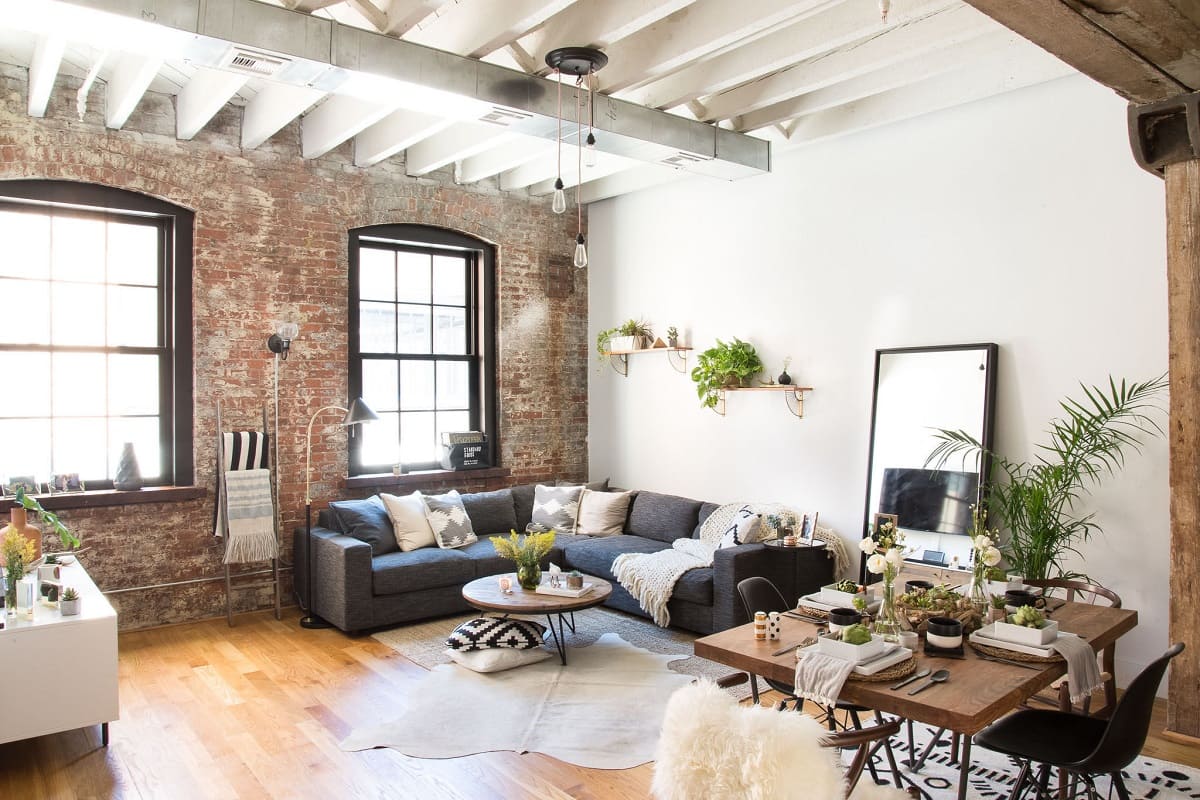
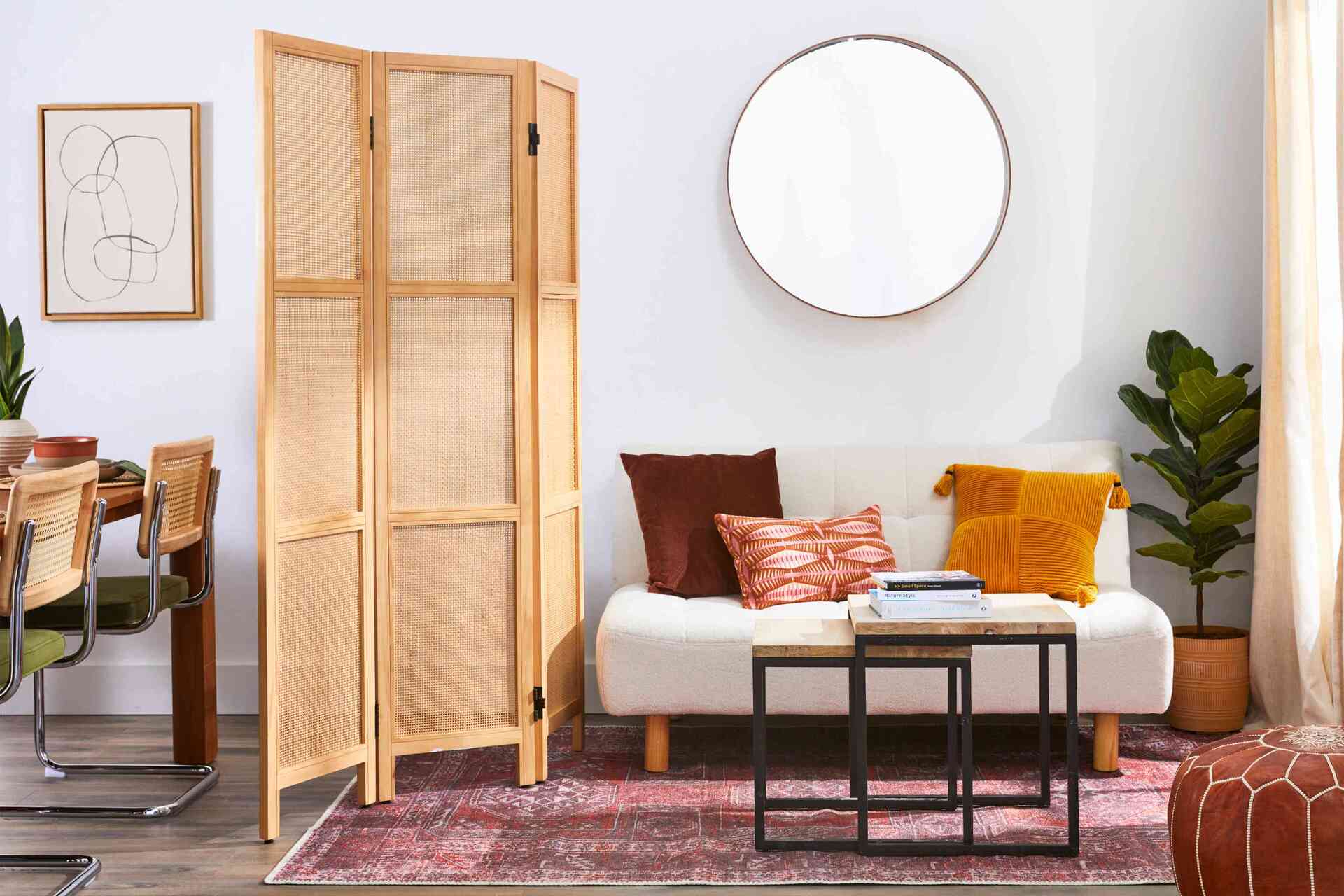


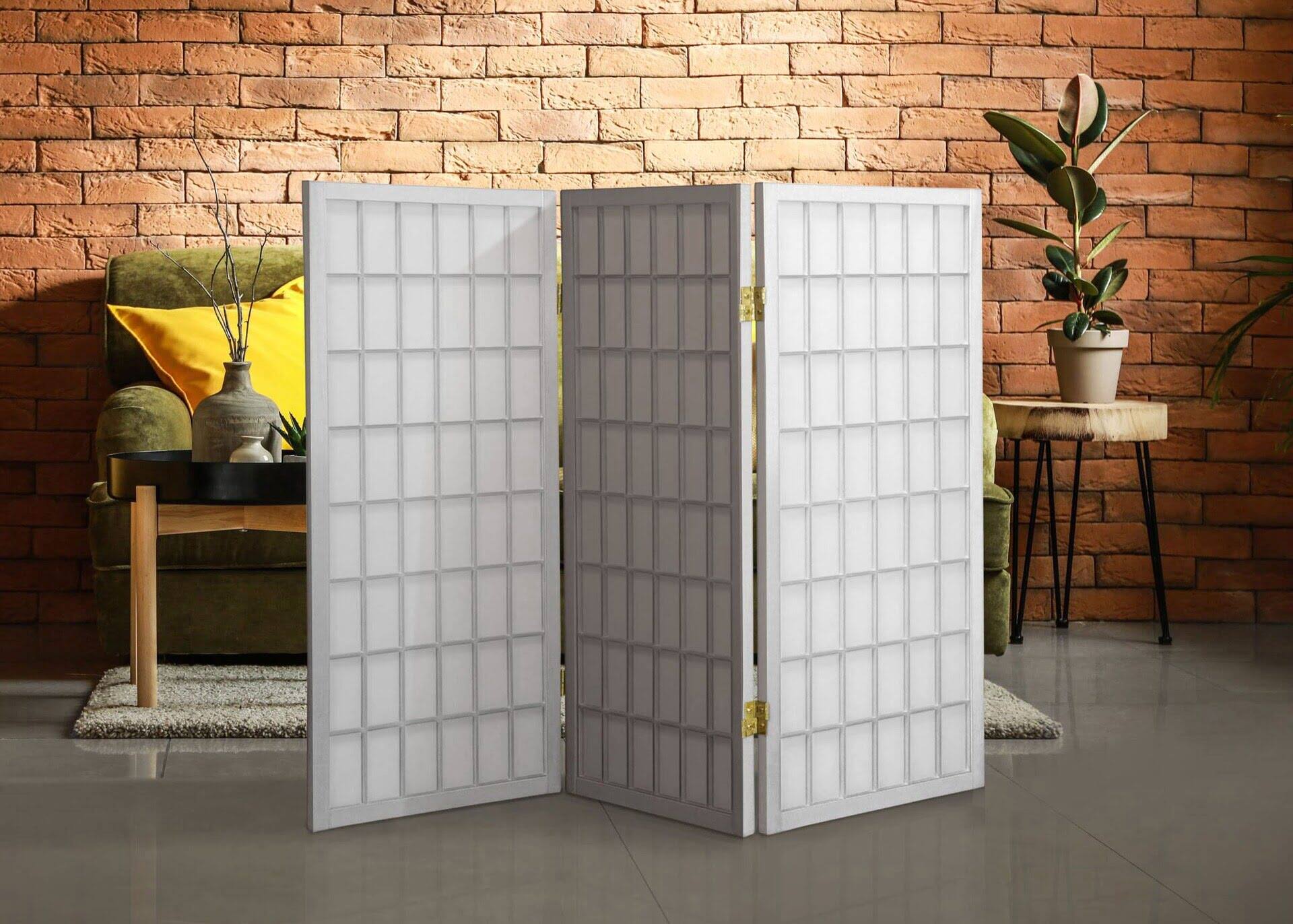
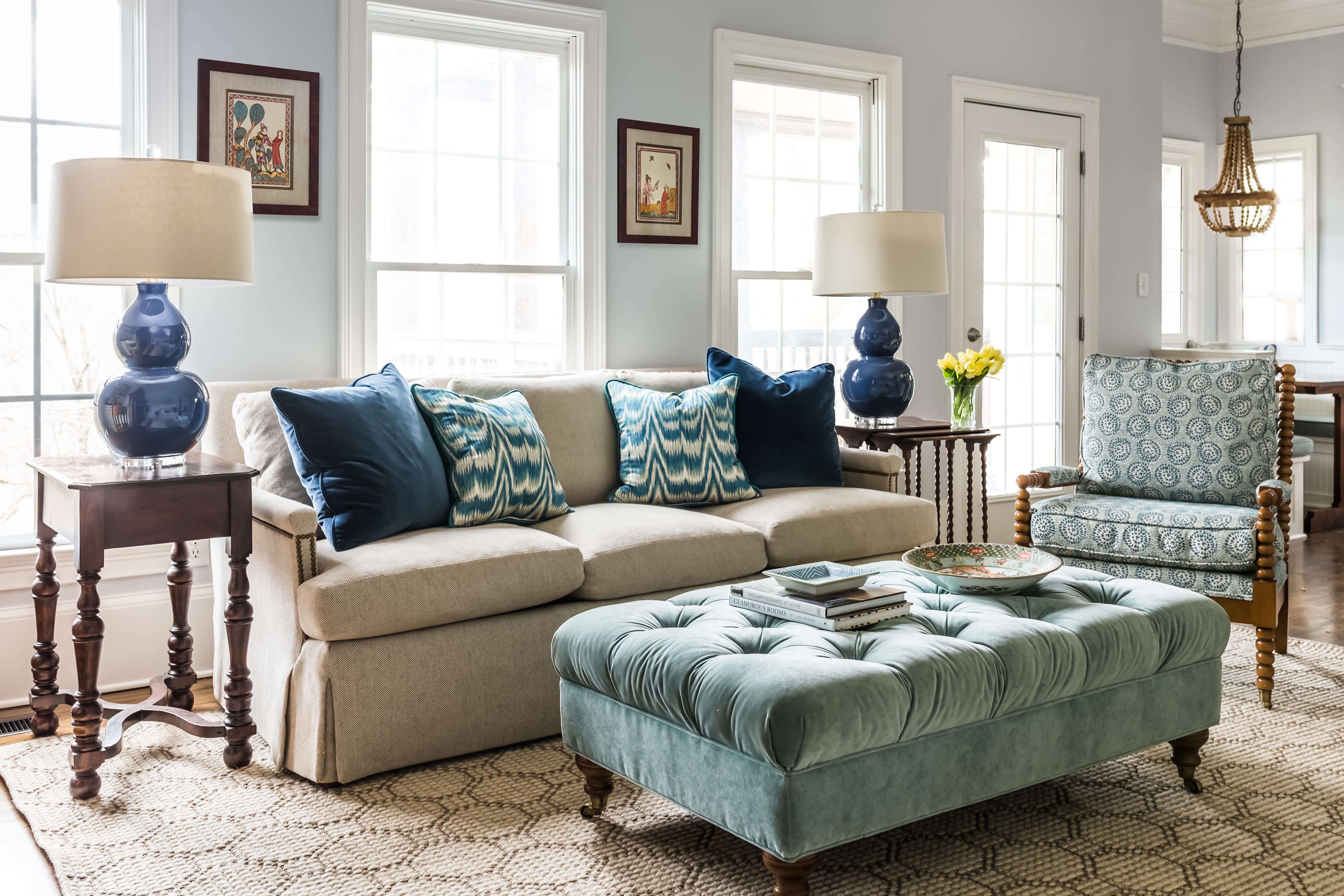
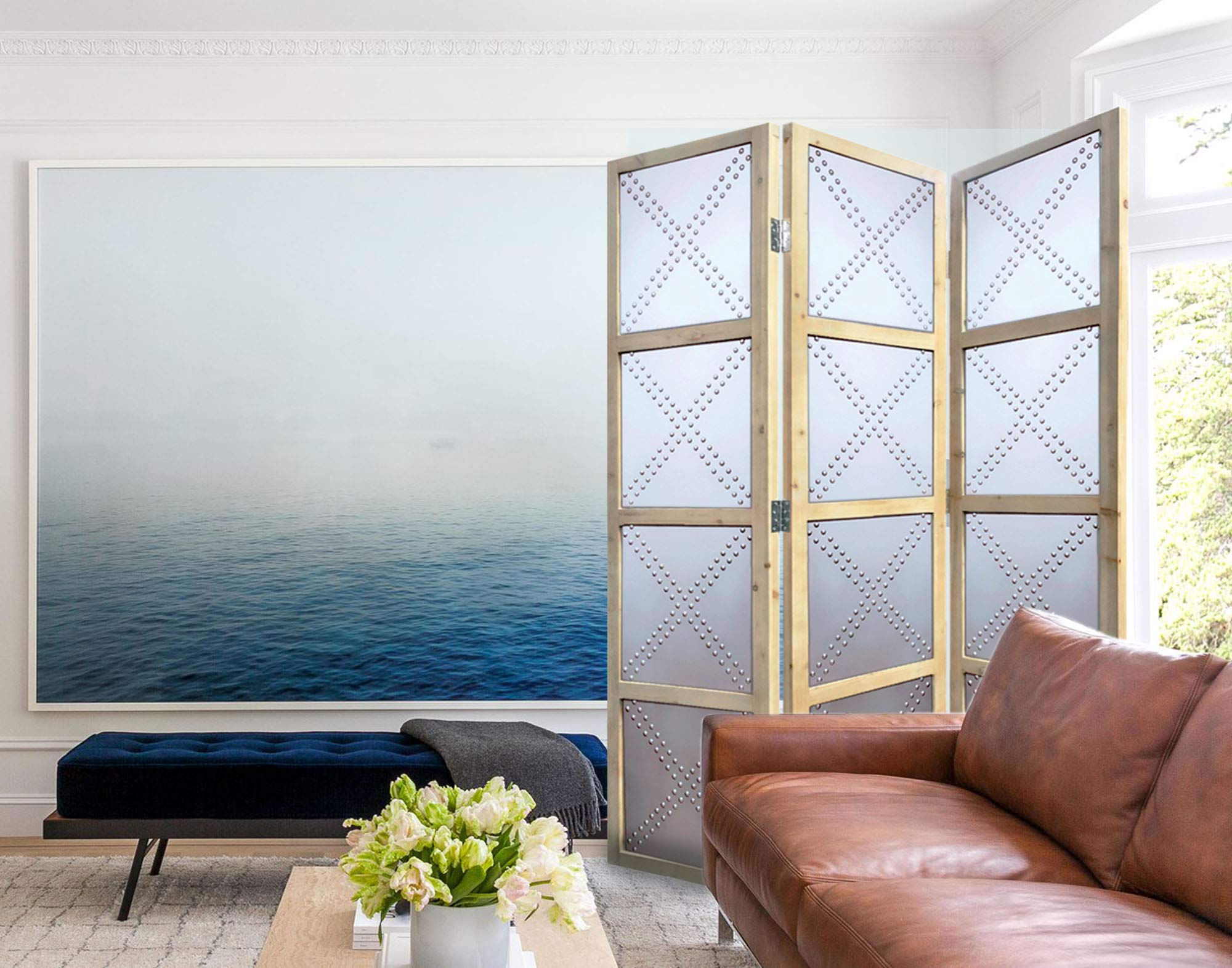
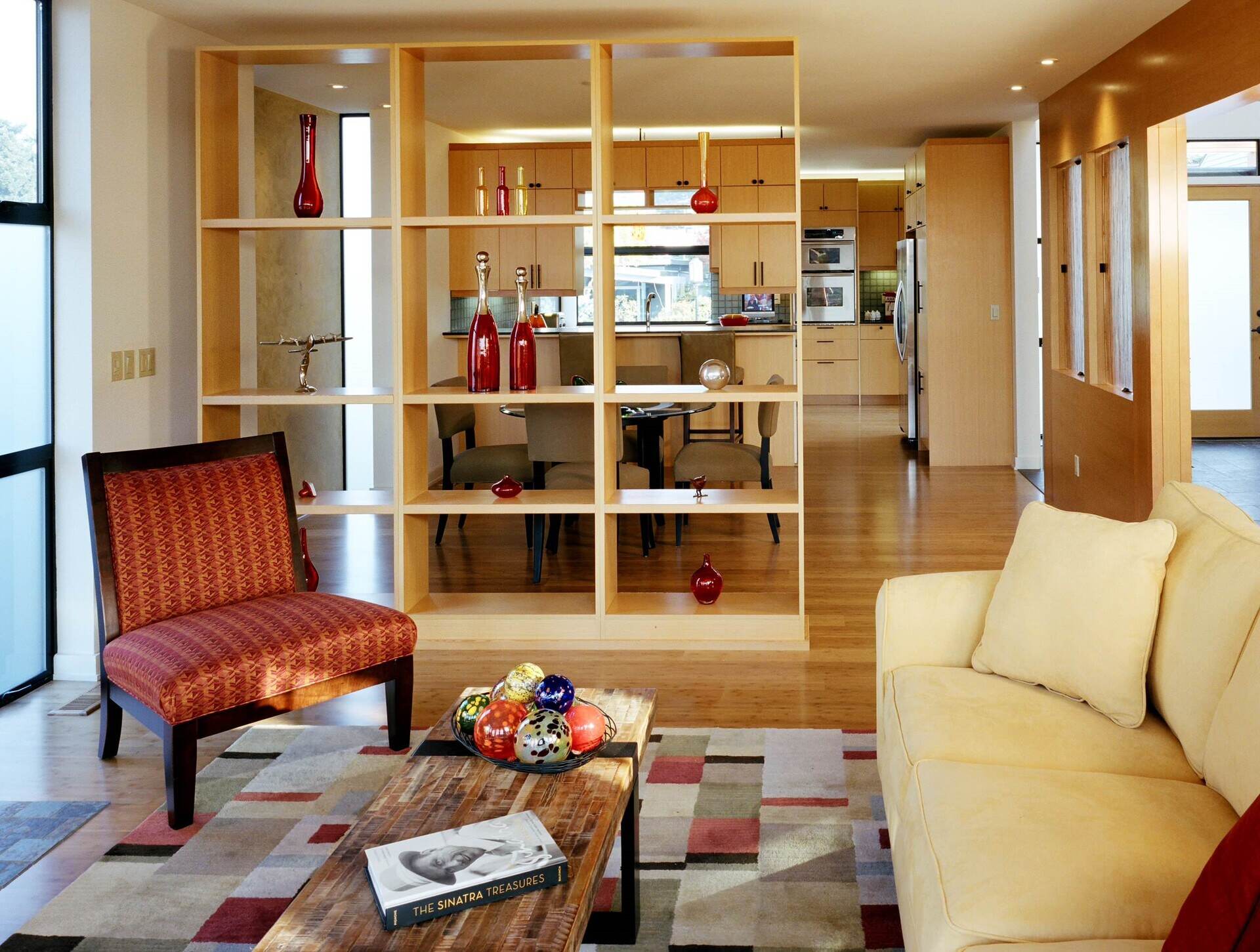
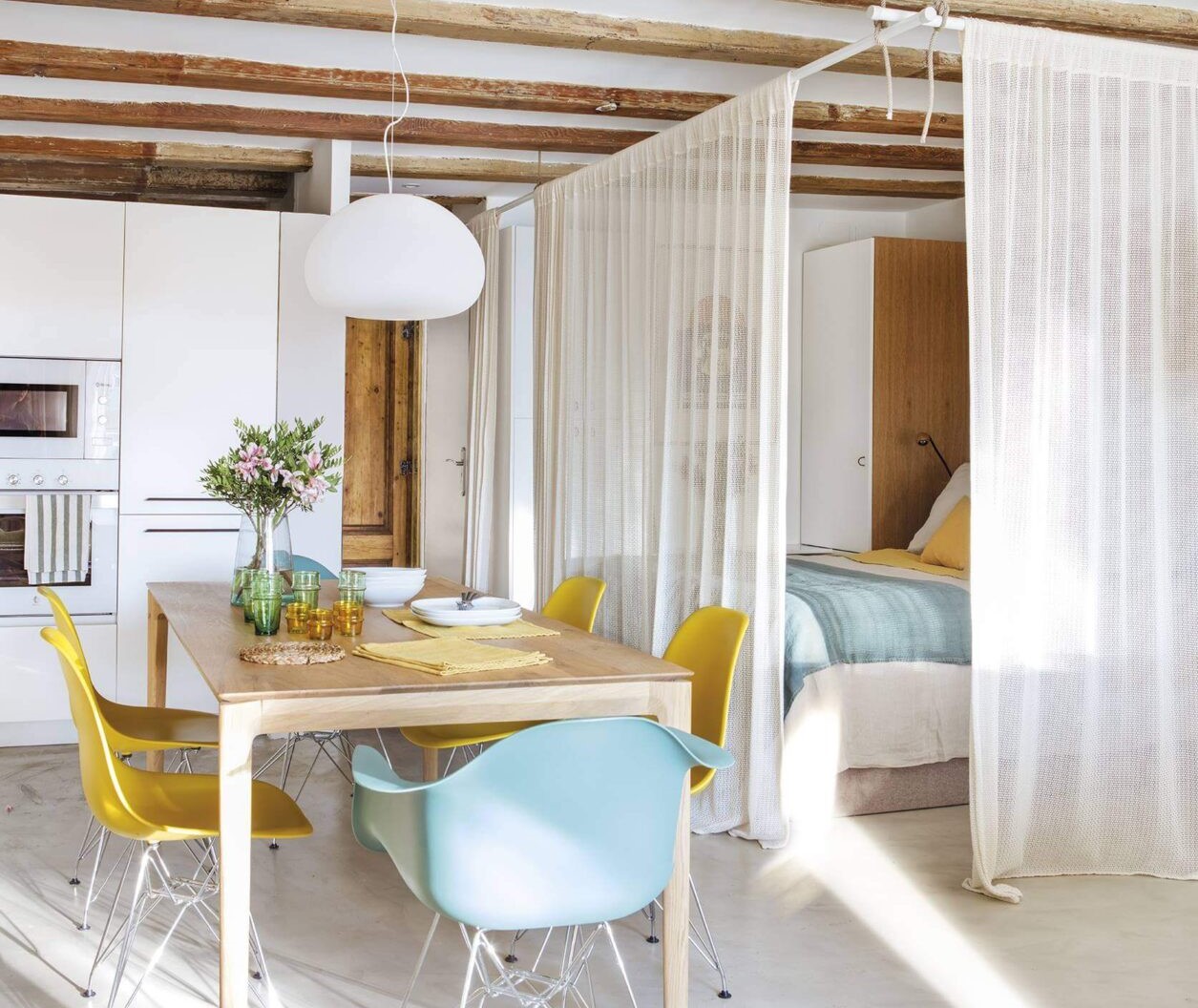
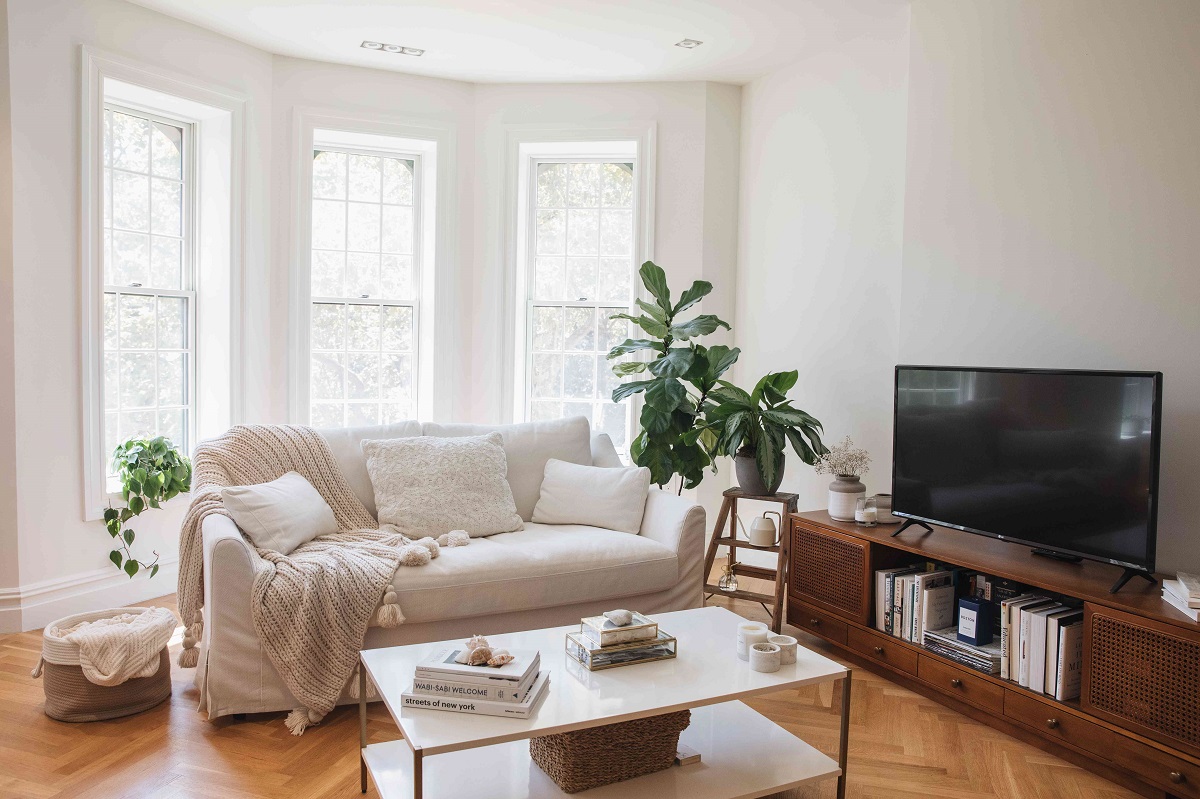


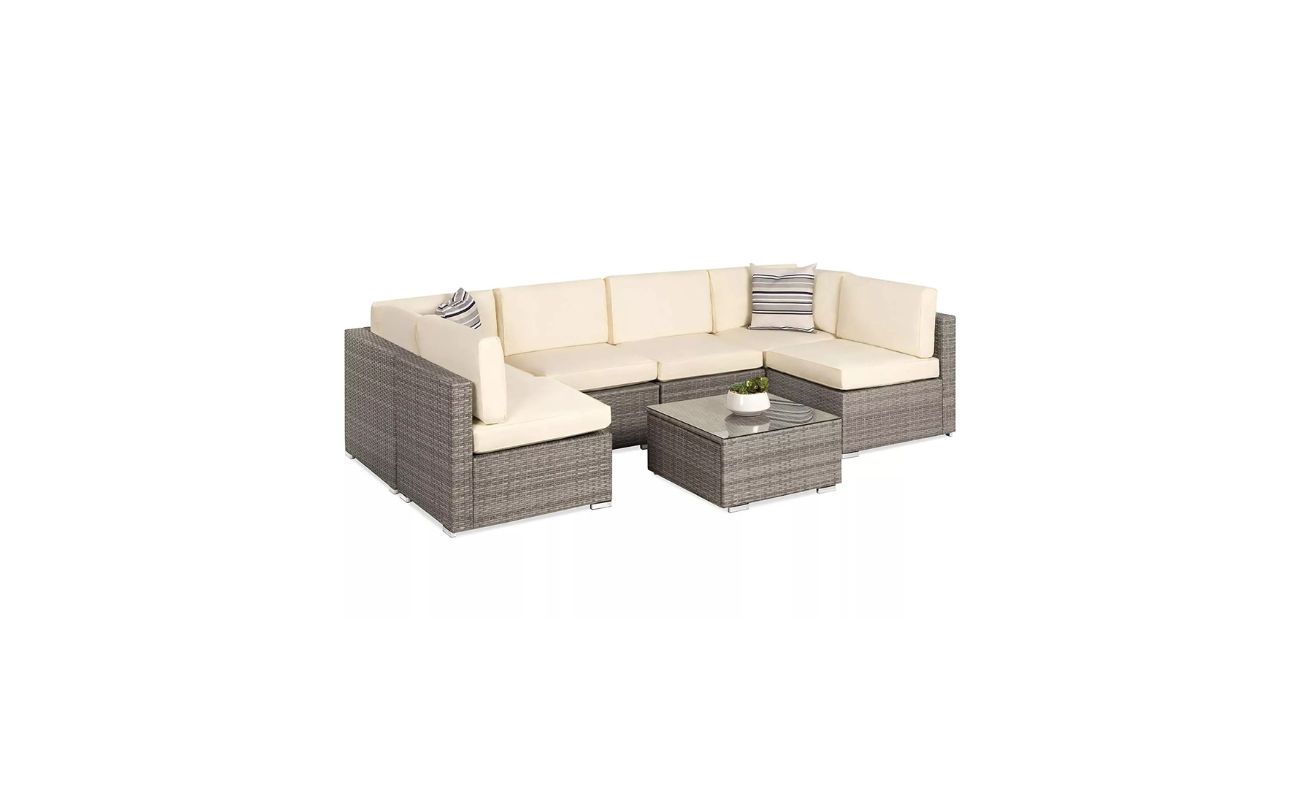
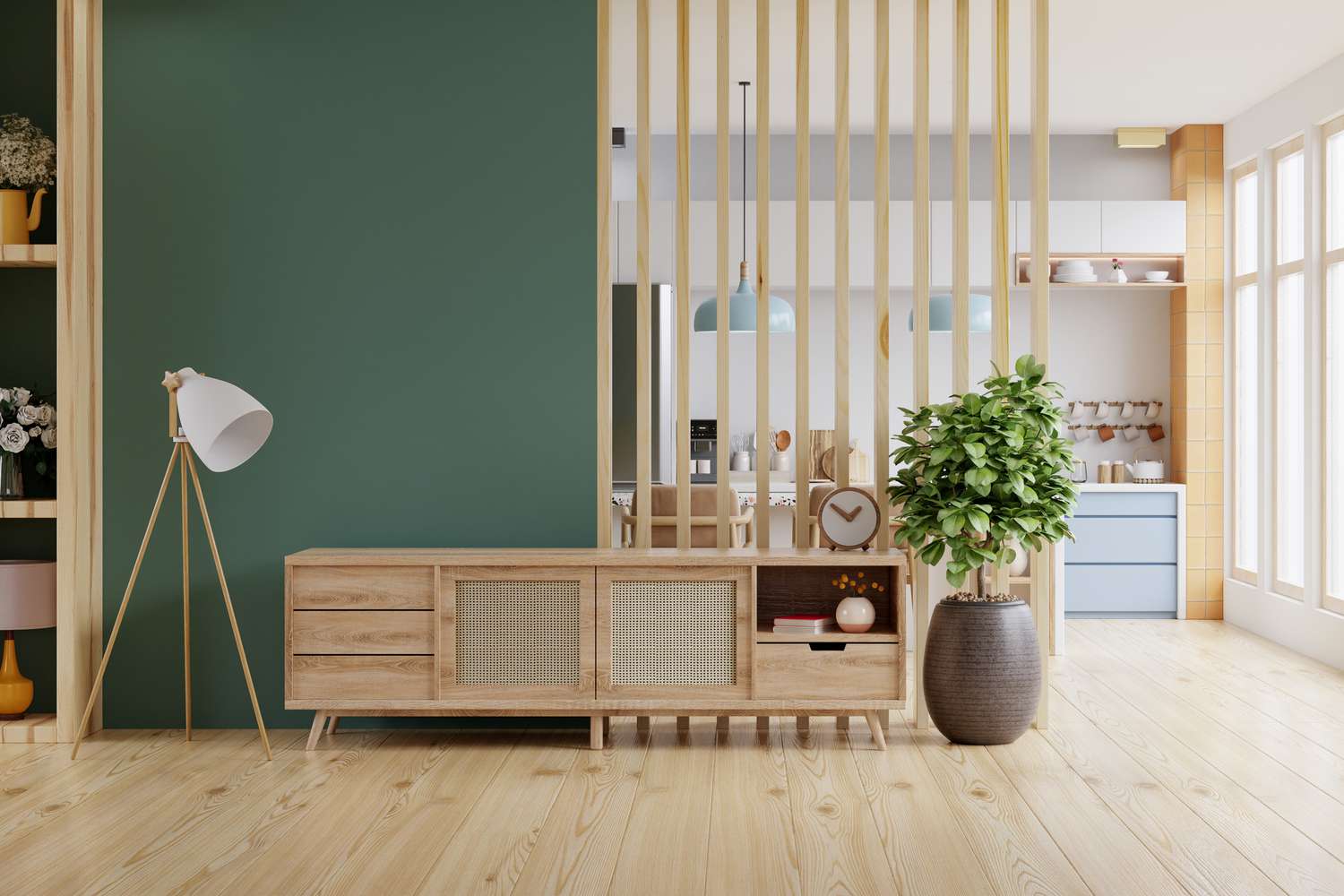

0 thoughts on “How Can I Divide A Room With Furniture? 7 Ways To Zone Flexible Spaces”